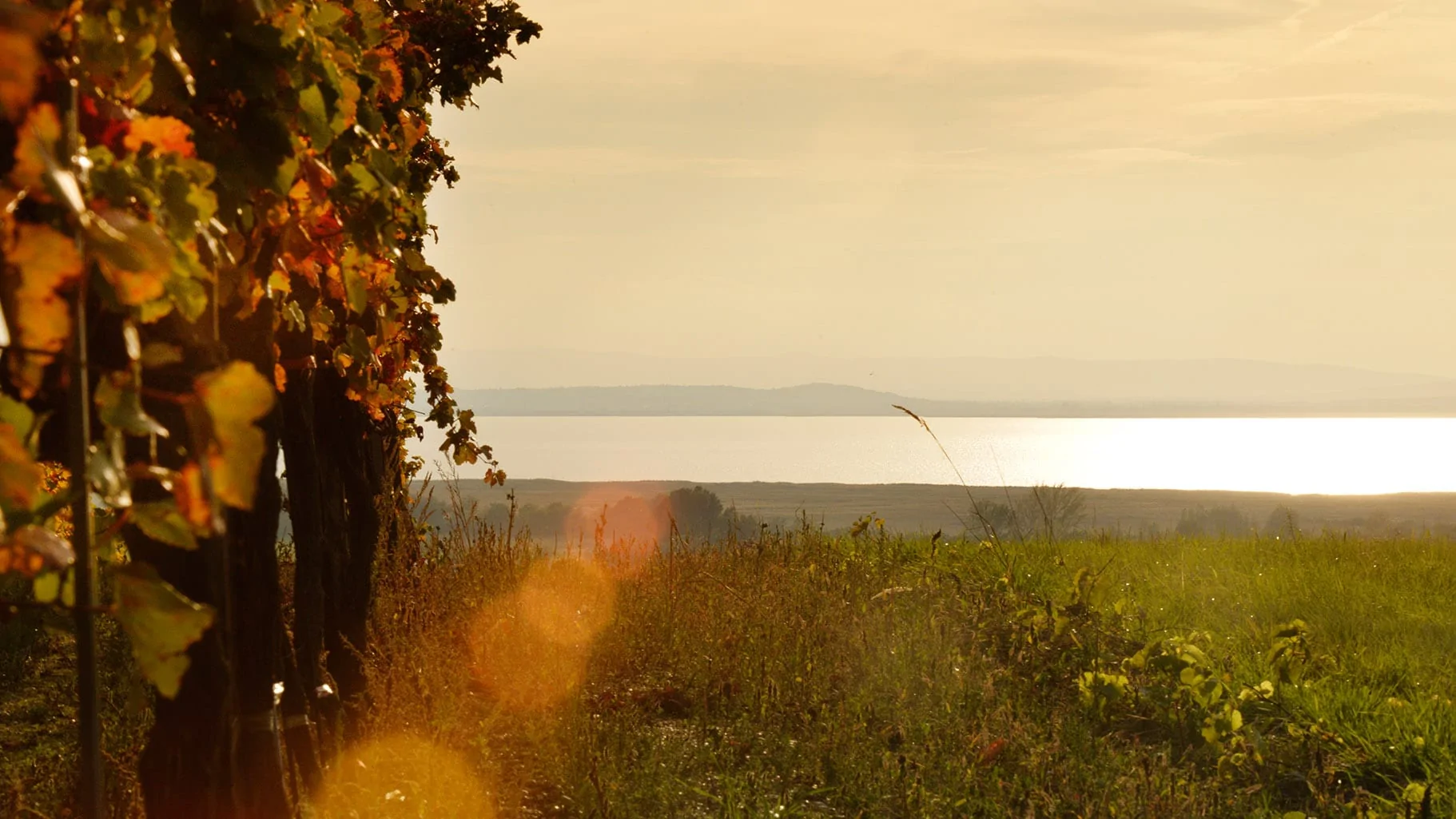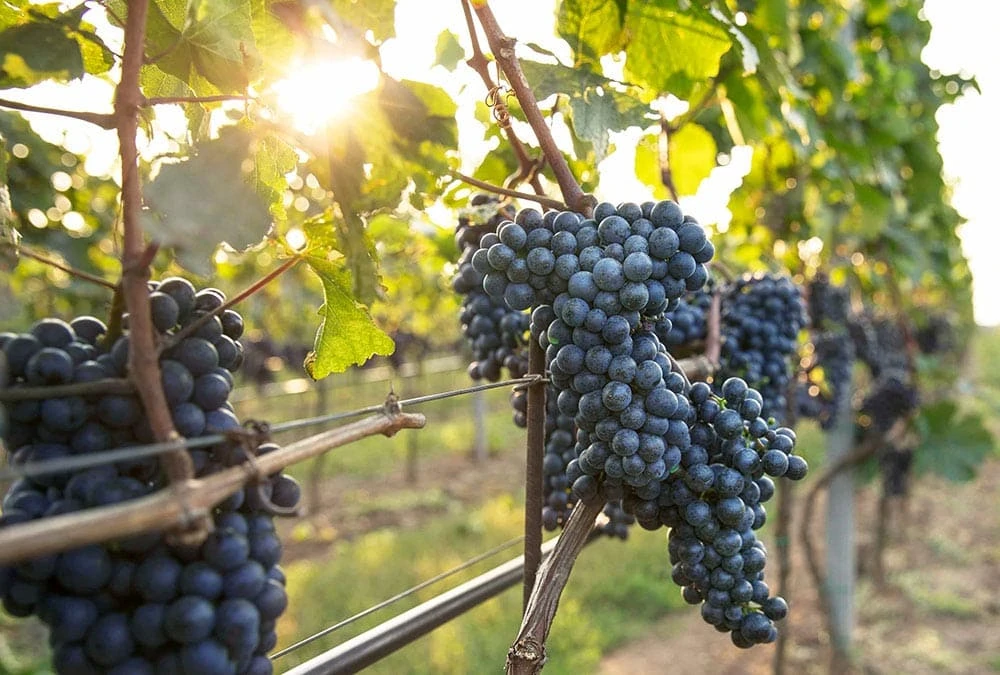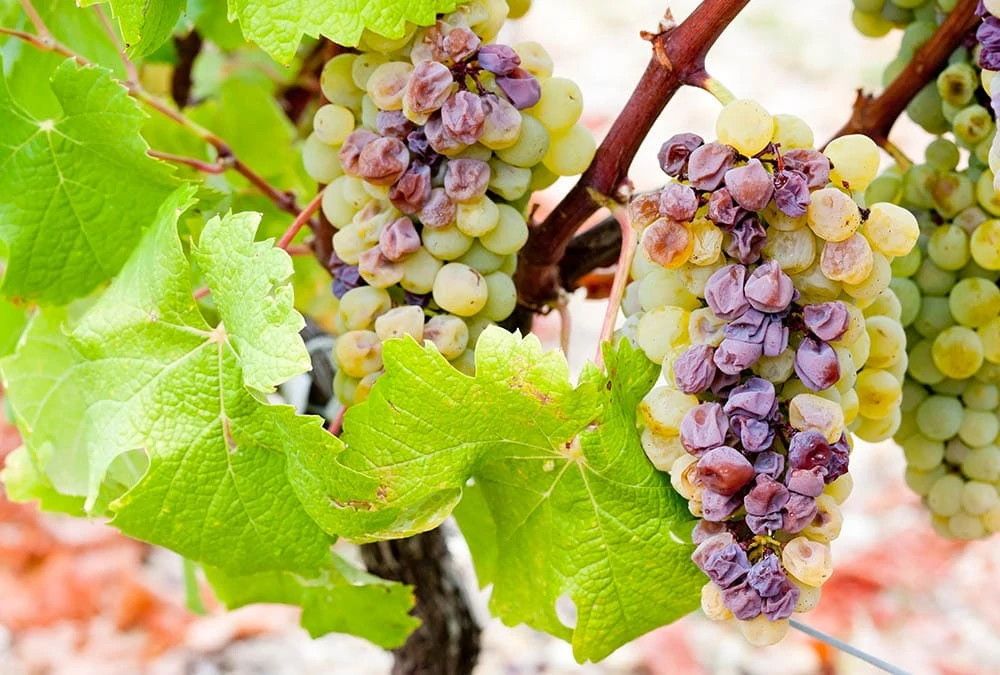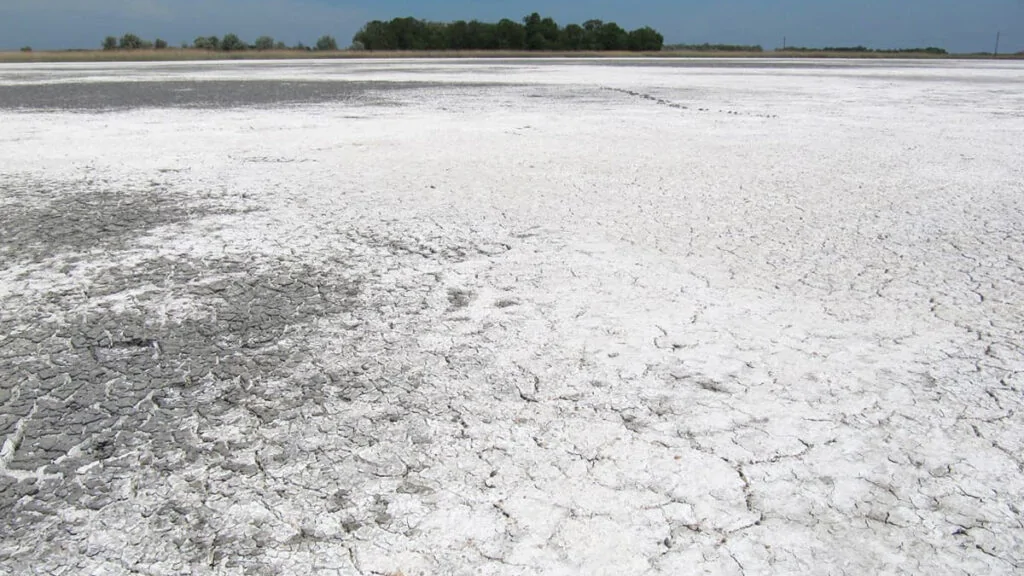
Lake Neusiedl provides a microclimate that characterizes the entire region and its vegetation, thanks not only to its function as a gigantic heat reservoir. The permanent winds that blow around it, as well as the lake’s salt content, lend the surrounding grapevines part of their special characteristics that are distinctly tasted in the wine that is bottled from them …
W quickly said to taste like cassis or red fruits; whites like apples, citrus or elderflower. And both white and red wines can – fanfare, please – be salty. It’s actually true that slightly salty notes can be detected especially often in certain regions: connoisseurs also like to describe such wines as having a certain degree of minerality. However, this raises the question: how in the world does salt get into a sweet fruit? In the region surrounding Lake Neusiedl, part of the answer is clear to everyone once they realize it: it’s the lake that does it! But more on this a little later.
Der Neusiedlersee ist einz mate makes the entire wine-growing region – but first and foremost its specifically regionally typical Neusiedlersee DAC wines – into a location with very particular characteristics. Geographically speaking, it lies right at the heart of the Pannonian climate zone, which is known for its hot, dry summers with moderate precipitation and cold winters with very little snow.

The lake as a miracle of (wine-growing) nature
It is above all in summer that Lake Neusiedl demonstrates its influence on nature and vegetation. During these warm months, it stores the hot daytime temperatures on the 320-km surface of its water. Thus, it becomes a gigantic heat reservoir which, when the sun sets behind the distant Schneeberg mountain, generously dispenses the cooled air into its surroundings. The permanent northwest winds that prevail in the region – sometimes gentle and sometimes stormy – distribute these gently cooled air currents into the Pannonian lowlands, extending far into neighbouring Hungary.
This unique cooling process allows very specific fruit/acid balances to develop in the grapes throughout the entire ripening period. Every year, the region’s many award-winning vintners dedicate themselves to cultivating these nuances of flavour with care, wisdom and passion. They are familiar with the distinctive character that can permeate the wine when it is crafted by an expert.


But the enormous heat accumulator also works over the long term – until well into the autumn. As the outside temperatures begin to drop, the lake gradually releases all of its heat – a little bit every day for a period of several weeks. The result is that around its banks, the layers of air that are close to ground level simply cool down less sharply and quickly – more gently, that is – than in the rest of the Burgenland region.
This effect generally lingers until October, thereby providing the grapevines – as well as all the other food crops that are cultivated in the region – with an extra-long late summer period. This allows the vines, for example, to experience yet another exceptional final ripening period shortly before the harvest. This is the time when the balance between fruitiness and aroma largely emerges – the quality that makes the wines from this region so unique and palatable, above all the specifically regionally typical Neusiedlersee DAC Zweigelt.
A fungus that delights sweet wine growers
However, the warmth provided by the lake and the increased humidity along its banks have yet another effect: they allow for the nearly singular flourishing of a special noble fungus: Botrytis cinerea. In late September and October, when the moist air surrounds the vines in the form of ground fog, the still-unharvested grapes are afflicted with this fungus, which is commonly called “noble rot”. This phenomenon only occurs in a very few places around the world

What makes Botrytis cinera so special is the fact that, in combination with a few other factors, it causes fine perforations to occur in the grapes. As a result, some of the moisture that would otherwise remain inside them is vaporized. Simply put, this means that the grapes develop into a precursor of raisins while they are still on the vine. Thus, the flavour of the grapes is ultimately distributed over a smaller amount of liquid and its sweetness is thereby intensified. When these grapes are finally harvested in late autumn and pressed into wine, the resulting product is correspondingly many times sweeter. Essentially, one can only produce sweet wines of this high quality – for example, Beerenauslese and Trockenbeerenauslese – in this manner.
The salt in the wine for the enjoyment of all
Due to the intense sweetness of these dessert wines, the salty notes are admittedly almost undetectable. They can be tasted, however, in the favourite wine of the regional vintners as well as of Austrian and international wine fans: the specifically regionally typical Neusiedlersee DAC Zweigelt. The reason for this is literally right before our eyes: not only do Europe’s largest deposits of mineral water lie underneath Lake Neusiedl, but the lake water itself has a natural salt content that is well above average – and is transported above ground by the permanent winds. Thanks to tectonic faults and natural pressure, the subterranean salt and mineral water deposits rise to the surface autonomously in the form of smaller and larger salt and soda pools – especially in the area of the national park, a natural topographical depression.

Then, in the summer – that is, during the grapevines’ ripening period – an exciting process begins. The salt pools repeatedly dry out due to the heat; what remains are salty residues which, in turn, are whirled up by the prevailing northwest winds and carried further to the vineyards. Here, the salt is absorbed by both the soil and the vines in quantities that are small enough to fertilize the plants. But in a concentration that is high enough for connoisseurs to detect in the fine wines pressed from the grapes that grow on them. In this way, the salt does exactly what it is supposed to do: naturally perfect the flavour of the wines – in particular, the specifically regionally typical Neusiedlersee DAC wines that flourish here and are pressed by regional vintners: the reds from Austria’s number one grape variety, Zweigelt, as well as the unique sweet wines.
NEUSIEDLERSEE DAC. The lake and its wine.
This clip illustrates how the microclimate of Lake Neusiedl shapes the entire region and vegetation and in combination with the permanent winds around the lake, gives the surrounding vines special characteristics. Just click PLAY!
____
Neusiedlersee DAC.
Unique Zweigelt. Unique sweet wines.
From the bright side of Austria. For the enjoyment of all.
____



